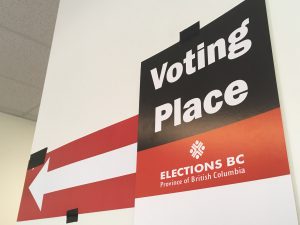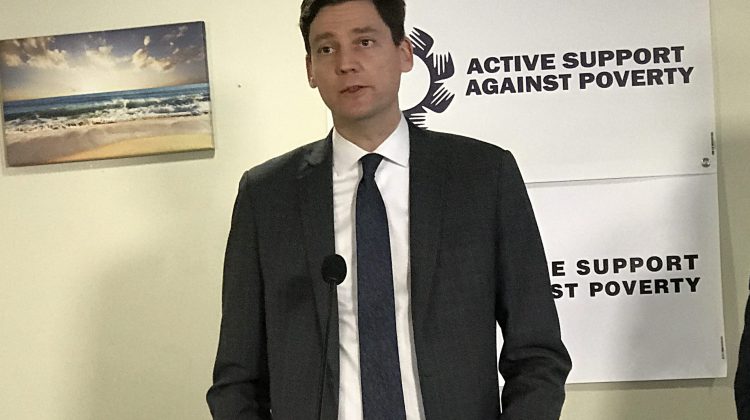Could the divide between rural and urban BC be getting larger in the years to come?
Attorney General David Eby recently made changes to the next Electoral Boundaries Commission, which could make an already crowded legislature that has 87 MLA’s even bigger.
It also means the ridings in Nechako Lakes, PG-Valemount, and Prince George-Mackenzie will be put under the microscope.

Eby told Vista Radio political factors will not be considered in setting boundaries in BC under the new legislation.
“So, we’ve given the commission the ability to add as many as six additional seats in fast-growing areas where they need to. We are doing that to allow them to make those decisions around effective representation for rural areas who don’t have to take a seat away from somewhere to respond to growth in another part of the province.”
“It will be an independent Electoral Boundaries Commission so whatever I think about what should happen in the province they will do their work independently. It will be the Chief Electoral Officer, another person nominated by the Speaker of the Legislative Assembly as well as a judge.”
Eby added the ministry’s goal is to ensure effective representation and to make sure everyone’s vote is equal in strength.
“It’s appropriate for the committee to draw boundaries that depart from ensuring every vote is absolutely equal and so that is the work we think should be done by them and not by politicians, we think the commission should be drawing these boundaries.”
“When the commission does it work, it will be looking at is how do they ensure effective representation for communities? When we look at the court decisions around the Constitutional right that your vote should be roughly equal to everyone else’s vote in Canada the court has said our country is a complicated place, which has huge geography that has some people really spread out.”
According to Eby, the commission normally focuses on communities of interest, where they determine whether or not a riding would be inappropriate to divide.
Several factors are often considered in the decision-making process.
“This includes demographic reasons or potentially because of background or shared cultural understandings where it would be inappropriate to divide over two different seats for example. They (the commission) also look at geographical considerations. Is one community on one side of a mountain while the other is on the opposite side and they never cross paths? I think that makes it difficult for an MLA to represent both constituencies. Are there natural dividing lines like roads and major rivers that would make it OK to divide a riding? They also consider means of communication where a certain place may or may not have cell or internet service making it more difficult for an MLA to represent them,” added Eby.
The Province will confirm the commission members by October 24th who will then present a report to the legislature within 12 months.
The public then has six months to comment on the recommendations before the final report is released.
In addition, the proposed change to the Electoral Boundaries Commission Act would remove a requirement put in place under the previous Liberal government where no reduction of seats could be considered in the Cariboo, Kootenay, or Northern regions of the province.


